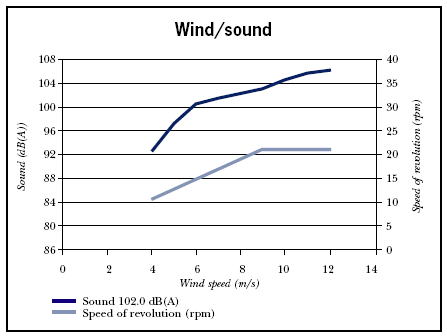Wind Factors
Beaufort Wind Scale
| Beaufort number (force) | Wind Speed | WMO* description | Effects observed on land | Effects observed on the sea | ||
|---|---|---|---|---|---|---|
| knots | mph | M/sec | ||||
| 0 | under 1 | under 1 |
under 1 | Calm |  | Sea is like a mirror |
| 1 | 1 - 3 | 1 - 3 | 1 | Light air |  | Ripples with appearance of scales; no foam crests |
| 2 | 4 - 6 | 4 - 7 | 2-3 | Light breeze |  | Small wavelets; crests of glassy appearance, not breaking |
| 3 | 7 - 10 | 8 - 12 | 4-5 | Gentle breeze |  | Large wavelets; crests begin to break; scattered whitecaps |
| 4 | 11-16 | 13-18 | 6-8 | Moderate breeze |  | Small waves, becoming longer; numerous whitecaps |
| 5 | 17-21 | 19-24 | 9-11 | Fresh breeze |  | Moderate waves, taking longer form; many whitecaps; some spray |
| 6 | 22-27 | 25-31 | 12-14 | Strong breeze |  | Larger waves forming; whitecaps everywhere; more spray |
| 7 | 28-33 | 32-38 | 15-17 | Near gale |  | Sea heaps up; white foam from breaking waves begins to be blown in streaks |
| 8 | 34-40 | 39-46 | 18-20 | Gale |  | Moderately high waves of greater length; edges of crests begin to break into spindrift; foam is blown in well-marked streaks |
| 9 | 41-47 | 47-54 | 21-24 | Strong gale |  | High waves; sea begins to roll; dense streaks of foam; spray may begin to reduce visibility |
| 10 | 48-55 | 55-63 | 25-28 | Storm |  | Very high waves with overhanging crests; sea takes white appearance as foam is blown in very dense streaks; rolling is heavy and visibility is reduced |
| 11 | 56-63 | 64-72 | 29-32 | Violent storm |  | Exceptionally high waves; sea covered with white foam patches; visibility further reduced |
| 12 | 64 and over | 73 and over | 33 and over | Hurricane |  | Air filled with foam; sea completely white with driving spray; visibility greatly reduced |
| * World Meteorological Organization
based on observations of the effects of the wind | ||||||

